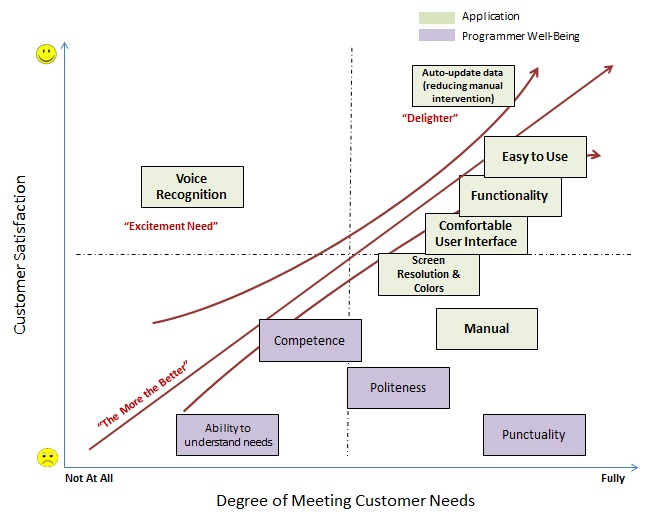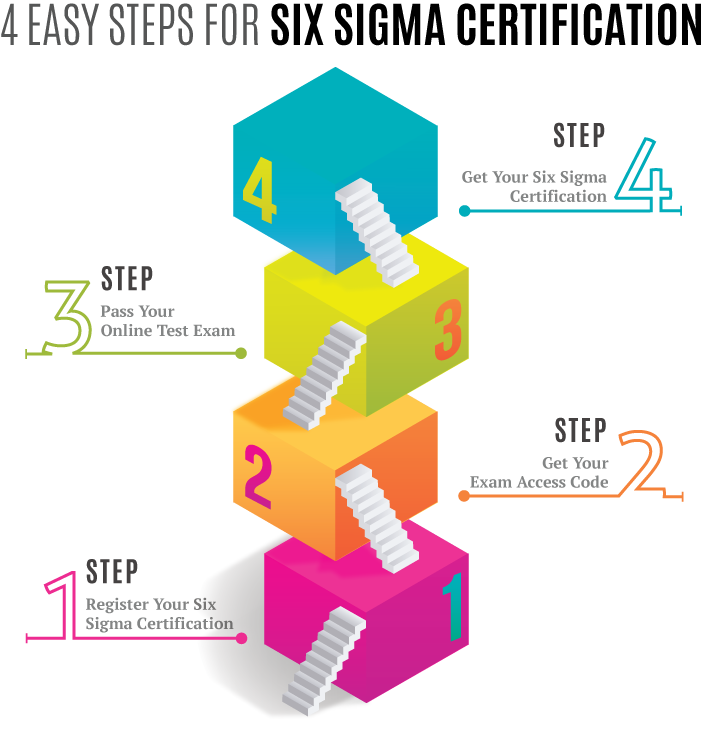Six Sigma DMAIC Process - Define Phase - KANO Analysis
KANO Analysis is about prioritizing customer requirements once they are established. Requirements are prioritized as:
- Basic Requirements
- Performance Requirements
- Delighter Requirements
- Indifferent Requirements
- Reverse Requirements

Six Sigma - KANO Analysis
Let’s look at each of these Requirements in detail:
Basic Requirements:
Basic Requirements are “must-be’s”. They are the most important needs of customers. They are required and expected to be there. These are the needs the customer assumes will be met. When these requirements are unfulfilled, the customer is greatly dissatisfied and when fulfilled, the customer is neutral (i.e., they do not produce additional satisfaction).
Performance Requirements:
A direct positive correlation exists between satisfaction levels and the degree of presence of these performance requirements. The more performance requirement elements needs are met, the better it is for the product or service.
Indifferent Requirements:
Indifferent elements are needs that result in neither satisfaction nor dissatisfaction whether they are present / met or not.
Reverse Requirements:
Reverse elements are needs that result in: 1) Dissatisfaction when they are fulfilled and Satisfaction even when they are not fulfilled. They may indicate that the perception of that question in the marketplace is the opposite of the perception of the survey's creator.
Delighter Requirements:
Delighter Requirements are “attracters”. Their presence in a product/process is unexpected and fulfill the latent needs of a customer. They lead to great satisfaction if found present. When delighters are absent, the customer still is neutral (& not dissatisfied).
Below is an example of a KANO Analysis for a Software Application.

Six Sigma - KANO Analysis Example for a Software Application
 SIXSIGMA INSTITUTE™
SIXSIGMA INSTITUTE™




